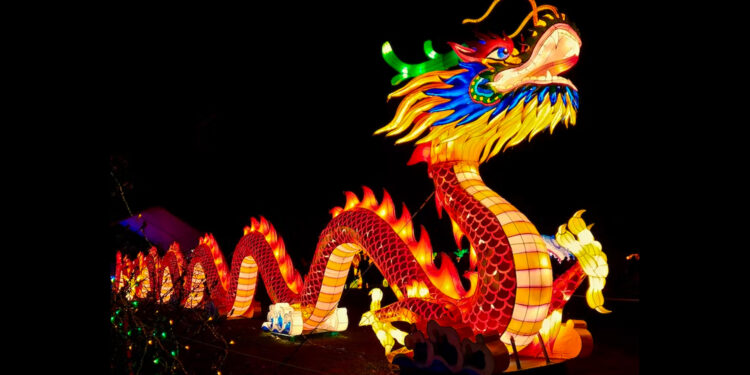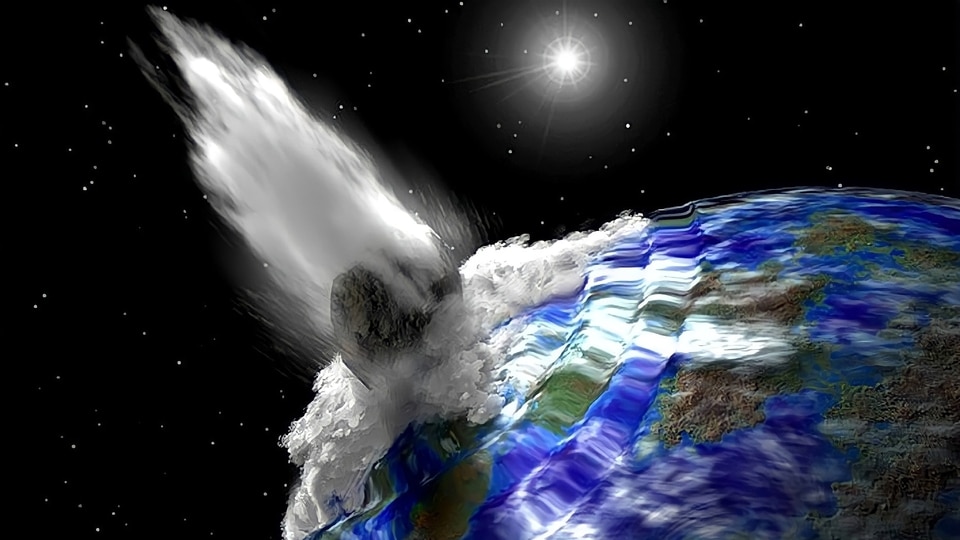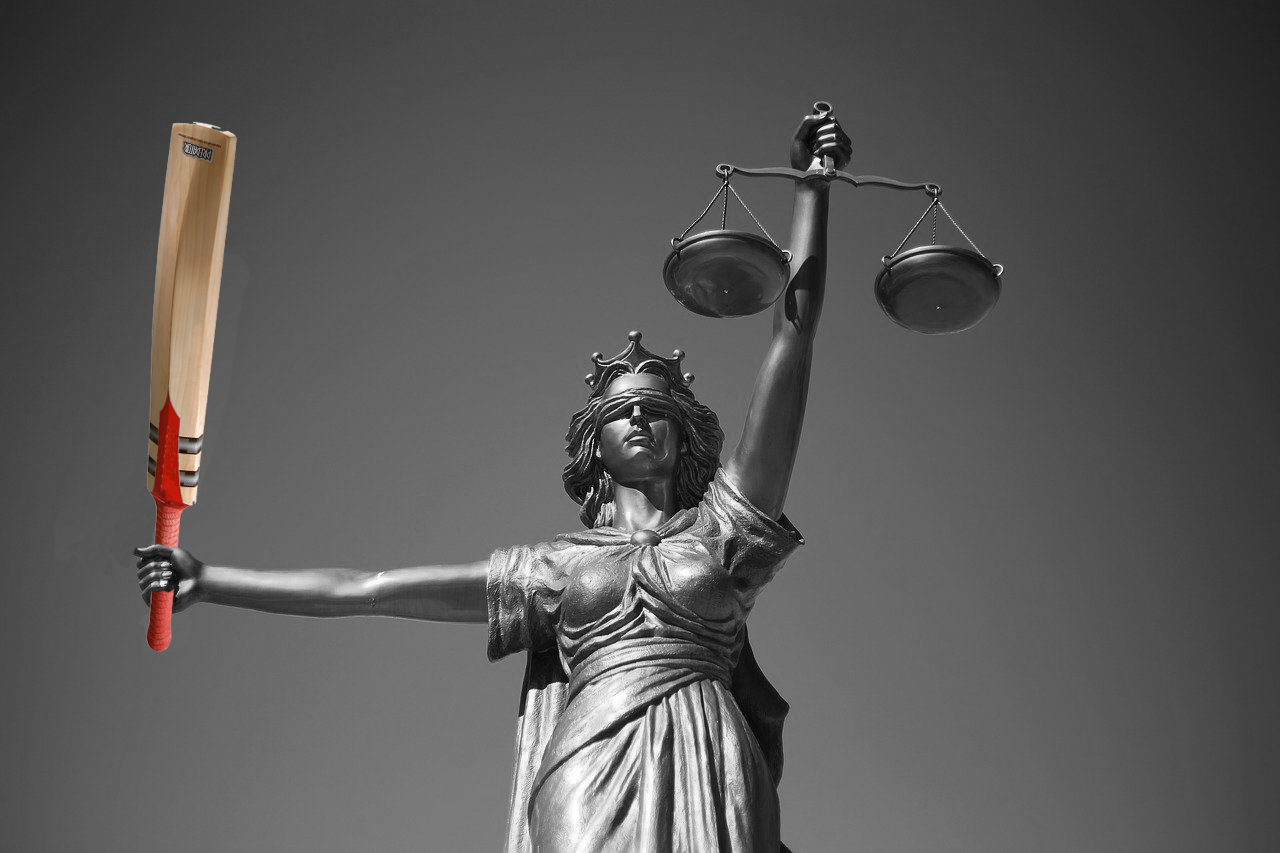THE MYTH OF DRAGONS:

Where have all the dragons disappeared?
The mythologies and folklore of various cultures around the globe abound in tales of dragons that are reptilian legendary creatures. The picture of dragons depicted in the Western mythology is strikingly different from that of dragons painted in Eastern mythology. Dragons, since the Middle Ages in Europe, have been portrayed often as malevolent bat-winged, horned and fire-breathing creatures with a barbed tail, and difficult to kill, whereas in Oriental cultures they are depicted as benevolent wingless, four-legged serpentine creatures. Researchers have sought to explain the phenomenon in different ways, but none of them have been able to trace out the source of the universality of this dragon image which still survives with full force.
The word dragon entered the English language in the early 13th century from the old French dragon, which, in turn, comes from the Latin draconem, from ancient Greek word drakon, meaning “huge serpent” or “giant seafish”. The Latin and Greek terms referred to any great serpent, not necessarily mythological.
Creatures with draconic attributes are first described in the mythologies of the ancient Near East and appear in ancient Mesopotamian art and literature. Many folktales have been woven around storm-gods slaying giant serpents. Among these famous prototypical creatures are Mushkhushshu of ancient Mesopotamia, Apep in Egyptian mythology, Vrtra in the Rigveda in India, the Leviathan in the Hebrew Bible, Grand’Goule in the west-central Poitou region in France, Kulshedra in Albanian mythology, the Hydra in Greek mythology, and Jörmungandr in Norse mythology. Nonetheless, the scholars are in dispute with the idea of dragons, although a wide variety of hypotheses have been proposed.
Anthropologist David E. Jones, in his book An Instinct for Dragons (2000), concludes that dragons appear in nearly all cultures because humans have inherited an innate fear of snakes and other animals that were major predators of humans’ primate ancestors. All the earliest dragons resembled snakes or they had snakelike attributes. Dragons are usually said to inhabit dark caves, deep pools, wild mountain reaches, sea bottoms, haunted forests, etc. that were places fraught with danger for early human ancestors.
According to American historian of ancient science and classical folklorist Adrienne Mayor, aged 77, some, but not all, stories of dragons, may have been inspired by ancient discoveries of fossils belonging to dinosaurs and other prehistoric animals. In her book The First Fossil Hunters: Dinosaurs, Mammoths, and Myth in Greek and Roman Times (2000) she argues that the observations of oversized, extraordinary bones in the fossil beds below the Himalayas, may have given rise to the dragonlore of Northern India. In China where fossils of large prehistoric animals are common, these remains are often identified as “dragon bones” and are used in traditional Chinese medicine. She wrote in a later book that Scandinavian legends of dragons could not have been inspired by such primitive creatures as these animals have never been found in this region. It has to be noted here that ancient people across the Near East, who believed in creatures similar to dragons, were unaware of the existence of dinosaurs or other primitive animals which have been extinct for millions of years.
American linguist Robert Blust (1940-2022), in The Origin of Dragons (2000), asserts that, similar to many other creations of traditional cultures, dragons are largely explicable as products of a convergence of rational pre-scientific speculation about the world of real events. The event is the natural mechanism governing rainfall and drought, with particular attention paid to the phenomenon of the rainbow. Blunt specialised in the Austronesian languages spoken by about 386 million people in Maritime Southeast Asia, Continental Asia and the islands of the Pacific Ocean.
Some researchers are of the view that the origin of dragons lies in the ‘cosmic upheaval’. They claim that when the orbit of Venus came close to the Earth bringing about devastation, man looked to the stars and astronomy for help. This belief gave birth to various myths of the Aztecs, the Assyrians and the Babylonians who supposed Venus to be a ‘feathered serpent’, a ‘fearful dragon’ which nearly destroyed the earth. According to them the dragon symbolises chaos and destruction. People in many countries believe in these creatures and usually ascribe the unfathomable happenings of the world to them. Some countries still support the idea that the earth rests on the dragon’s head and natural disasters occur when the dragon turns its head.
The art, architecture and furniture of the earlier epochs, illustrating dragons somewhat in the form of giant coiled snakes, testify to the extent to which Man became obsessed with the image of Dragons.
The Australian-British anatomist and Egyptologist Sir Grafton Elliott Smith (1871-1937) collected dragon myths from around the world and came to the conclusion that dragon controls the rivers and seas and resides in wells or in clouds and is often responsible for thunder, lightning and other havocs caused by nature, thus signifying that the dragon controls the powers of the earth.
In one folktale in the West during the Middle Ages, panther, the black leopard, represented Christ and the dragon was the symbol of anti-Christ. The story narrates that whenever a panther searched for food, the dragon shied away and hid itself. The dragon was too afraid of the panther. In simpler words, the story implies victory of Good over Evil.
The famous Roman historian Pliny (23-79 B. C.) also talked about the dragon phenomenon exhaustively in his book Histories, describing the enmity between the dragon and the elephant. Apart from the ancient historians and writers, the early cartographers too believed in the existence of dragons and used them as a symbol for unknown land. The Devil’s Sea, a region of the Pacific south of Tokyo, has also been known as the Dragon’s Triangle due to the disappearance of ships and aircraft within that area.
Dragons from Chinese mythology
Contrary to the deep-rooted fear for dragons and other serpentine creatures in many cultures, the Chinese regard them as benevolent and knowledgeable beings who are responsible for good rains and good harvests and even life itself and who can ward off evil. Drought is thought to be caused by a dragon’s laziness. Prayers invoking dragons to bring rain are common in Chinese texts. This belief in the power of dragons over rain has given rise to the custom of dragon dancing and dragon boat racing.
During the Spring Festival and Lantern Festival, villagers construct a nearly 16-foot-long dragon from grass, cloth, bamboo strips and paper which they parade through the towns as part of a dragon dance to bring good weather and harvest, although the ritual is held now mostly for mere entertainment. During another festival called Duanwu, several villages, or even a whole province, hold a dragon boat race across a river in boats carved to look like dragons, while a large crowd of fascinated onlookers watches on the banks.
Dragons are associated with good fortune and many East Asian deities and demigods have dragons as their personal mounts or companions. Dragons were also identified with the Emperor of China who was the only person permitted to have dragons in his palace, attire or personal items. A large number of ethnic folktales about dragons are told throughout China. Many ordinary Chinese people, interestingly, now identify themselves as descendants of dragons.
The image of dragons in other Asian countries like Korea, Vietnam, Japan and so on has been influenced by Chinese culture. The Korean dragon, although identical in appearance to other East Asian dragons, sports a longer beard and very occasionally it carries an orb known as the Yeouiju, in its claws or its mouth. This is the Korean name for Chintamani Stone, a wish-fulfilling jewel in Hindu and Buddhist traditions, believed by some to be the equivalent of the philosopher’s stone. It was said that whoever could wield this orb was blessed with the abilities of omnipotence and creation at will.
Most Japanese dragons are water deities, invariably possessing three claws, who are associated with rainfall and bodies of water. Dragons in Vietnam depict godly beings associated with creation and life.
In the Rigveda, the oldest of the four Vedas, Indra, the Vedic god of storms, battles with Vrtra, a giant serpent which represents drought. Indra kills the serpent using his vajra (thunderbolt) and clears the path for rain.
The Druk, also known as ‘Thunder Dragon’, is one of the national symbols of Bhutan and leaders of this country are called ‘Thunder Dragon Kings’.
Dragons in modern literature
Fabulous dragons and dragon motifs are featured in many works of modern literature, particularly within the genre of fantasy. In Through the Looking-Glass, Lewis Carroll’s classic novel for children, there is a description of a kind of dragon. One of the most iconic modern dragons is Smaug in J. R. R. Tolkien’s classic novel The Hobbit. Dragons also appear in the best-selling Harry Potter series of children’s novels by J. K. Rowling. ***







